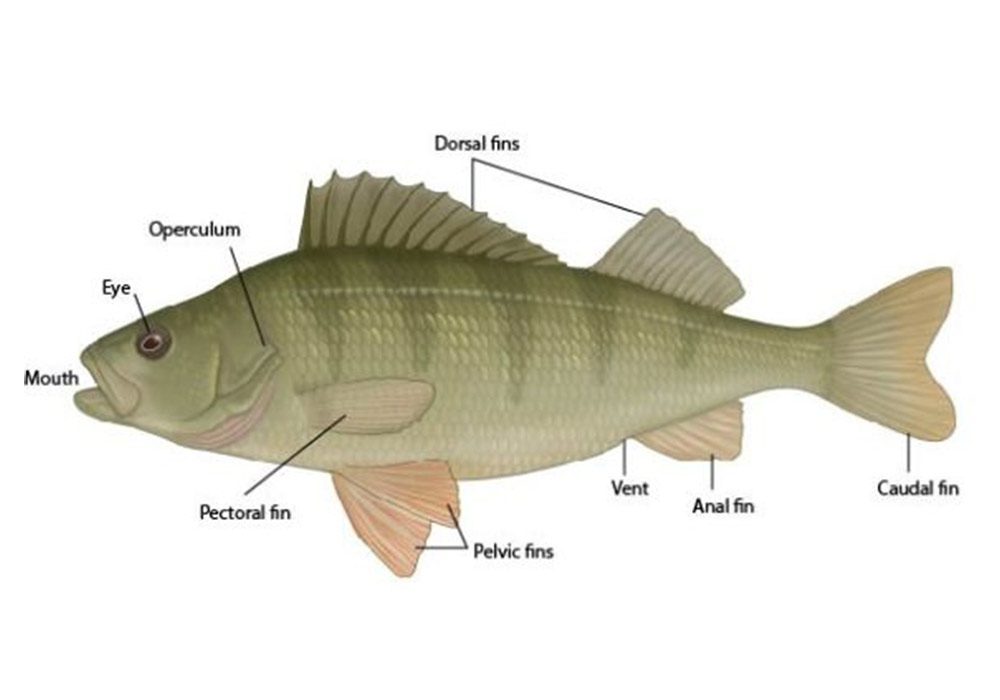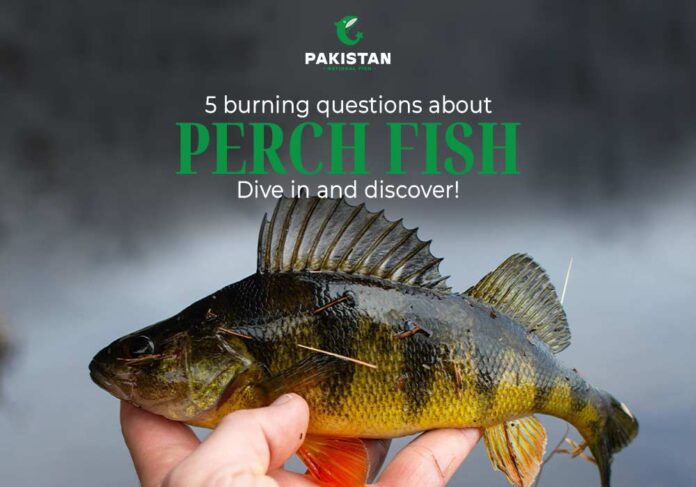Table of Contents
What Is Perch? Unraveling the Basics
What is perch? At its core, a perch is a freshwater fish from the genus Perca, part of the Percidae family. Known for their sleek, torpedo-shaped bodies and vibrant colors, perch species like the yellow perch and European perch thrive in lakes, rivers, and ponds across North America and beyond. Unlike the flashy Female Fighter Fish (Betta Fish), which dazzles with flowing fins, perch are built for speed and stealth, making them a favorite among anglers.
- Scientific Roots: The name “perch” comes from the Greek word perke, referring to the European perch (Perca fluviatilis).
- Habitat: Freshwater perch prefer clear waters with vegetation, from the Great Lakes to slow-moving rivers.
- Appearance: Expect greenish hues, dark vertical bars, and spiky dorsal fins that scream “handle with care.”

Perch vs. Bream vs. Sunfish: Clearing the Confusion
Feature | Perch | Bream/Sunfish |
Family | Percidae | Centrarchidae |
Body Shape | Elongated, torpedo-like | Rounded, disc-shaped |
Dorsal Fin | Two distinct fins (spiny + soft) | Single fin (may appear split) |
Common Species | Yellow perch, European perch | Bluegill, pumpkinseed, crappie |
Misnomer Alert | Often called “perch” in error | Called “bream” or “perch” regionally |
- Perch Sunfish Misconception: Perch sunfish is a common misnomer. True perch belong to Percidae, while sunfish (like bluegill) are Centrarchidae. For example, calling a bluegill a “perch” is like mistaking a cat for a dog.
- Bream Breakdown: In the U.S., bream often refers to larger sunfish like bluegill or redear, but in Europe, it’s a distinct minnow species (Abramis brama).
- Angler Lingo: In the South, small sunfish might be dismissed as small perch or sand perch fish, adding to the confusion.
Different Types of Perch: A Colorful Cast
Not all perch are created equal. From the vibrant yellow perch to the elusive silver perch fish, here’s a rundown of the different types of perch you might encounter.
- Yellow Perch (Perca flavescens): The poster child of freshwater perch, known for its golden hue and dark stripes. Common in North America, it’s a prized catch for its flavor.
- White Perch (Morone americana): Not a true perch but a temperate bass, silvery with no stripes. Found in brackish and freshwater, it’s a feisty fighter.
- Silver Perch (Bairdiella chrysoura): Also called sand perch fish, these small drum species live in coastal waters and are great for beginners.
- European Perch (Perca fluviatilis): A greenish green perch with bold red fins, thriving in Europe and introduced to Australia.
- Balkhash Perch (Perca schrenkii): A dark, robust species found in Central Asia, sporting vertical bars.
- Pink Perch Fish: Less common, this term may refer to juvenile perch with pinkish hues or regional variants like the redfin perch in Australia.
Walleye vs. Perch: A Tale of Two Fish
Feature | Walleye | Perch |
Scientific Name | Sander vitreus | Perca flavescens (Yellow Perch) |
Size | 15–30 inches, up to 20 lbs | 4–15 inches, up to 4 lbs |
Color | Olive-gold with a white belly | Golden-yellow with dark vertical bars |
Eyes | Reflective, “wall-eyed” glow | Standard, no glow |
Diet | Night hunters; larger fish, leeches | Day feeders; insects, small fish |
Taste | Firmer, less flaky | Flaky, mildly sweet |
- Fishing Tip: Walleye are nocturnal, so fish at dusk with crankbaits. Perch bite best during the day with live bait.
- Misconception: Walltypeye are sometimes called yellow pike, but they’re not true pike (Esox family). Perch, especially yellow perch, are often mistaken for walleye due to their shared family.
- Fun Fact: The largest freshwater fish in the USA isn’t a walleye or perch—it’s the white sturgeon, reaching over 20 feet!
Yellow Perch: The Star of Freshwater
The yellow perch (Perca flavescens), often called yellow pike in error, is a North American icon. Here’s why it shines:
- Yellow Perch Size: Typically 4–10 inches, with some reaching 15 inches. The world record, caught in 1865, weighed 4 lb 3 oz
- Habitat: Loves clear, vegetated waters in lakes and rivers, from Canada to the U.S. Midwest.
- Spawning: Describe perch spawnings: In spring (February–July in the Northern Hemisphere), females lay long, gelatinous egg strands on vegetation. Males fertilize them, and eggs hatch in about 12 days. No parental care is provided.
- Fun Fact: The yellow perch scientific name reflects its golden glow—flavescens means “yellow” in Latin.
Perch Diet: What Fuels These Fighters?
The perch diet is as varied as their habitats, making them opportunistic carnivores.
- Juveniles: Feed on zooplankton and tiny invertebrates.
- Adults: Devour small fish, insects, crustaceans, and larvae. About 20% of a large yellow perch’s diet is small fish.
- Feeding Habits: Most active just before dark, consuming up to 1.4% of their body weight daily.
- Magic Tip: Their love for minnows makes live bait or minnow-shaped lures a go-to for anglers.
Do Perch Have Teeth? Anatomy Insights
Do perch have teeth? Yes, but they’re not Jaws. Perch have small, brush-like teeth on their jaws and palate, perfect for gripping prey. Their anatomy is a marvel of adaptation.
Internal Anatomy of Perch:
- Heart: Two-chambered with four compartments (sinus venosus, atrium, ventricle, conus).
- Swim Bladder: A physoclistous bladder (closed duct) controls buoyancy with 12–25% oxygen.
- Fins: Paired pectoral/pelvic fins, two dorsal fins (spiny + soft), and a forked tail.
- Scales: Rough, ctenoid scales give perch their signature texture.

Is Perch Healthy? Nutritional Breakdown
Is perch healthy? Absolutely. Perch fish is a lean, nutrient-packed choice for health-conscious eaters.
- Protein Power: High in protein, low in fat, perfect for muscle-building diets.
- Nutrients: Rich in selenium, phosphorus, and vitamin B12.
- Low Calories: About 94 calories per 100g (raw).
- Caveat: Avoid perch from contaminated waters, as pollutants can affect flavor and safety.
Perch Fish Price and Availability
Perch fish price varies by region and source. Here’s a snapshot:
- Commercial Catch: Yellow perch fillets range from $10–$20 per pound, depending on market demand and season.
- Recreational Harvest: Free if you catch your own! Regulations may limit bag sizes.
- Availability: Abundant in the Great Lakes, Midwest, and Canada. White perch and silver perch fish are common on the East Coast.
How to Cook Perch: From Lake to Plate
How to cook perch? Whether you’re craving fried perch or a baked delight, perch’s mild, sweet flavor shines. What does perch fillet taste like? Think delicate, flaky, and subtly sweet—similar to seabass but less fishy.
- Fried Perch Recipe:
- Prep: Clean and fillet perch fish. Pat dry.
- Coat: Dip in egg wash, then dredge in seasoned flour or cornmeal.
- Fry: Heat oil to 350°F. Fry fillets for 2–3 minutes per side until golden.
- Serve: Pair with tartar sauce and lemon wedges.
- Baked Perch: Season with herbs, lemon, and olive oil. Bake at 375°F for 15–20 minutes.
- Grilled Option: Marinate in garlic and herbs, then grill for 3–4 minutes per side.
- Magic Tip: Use yellow perch from cold waters for firmer, tastier fillets.


